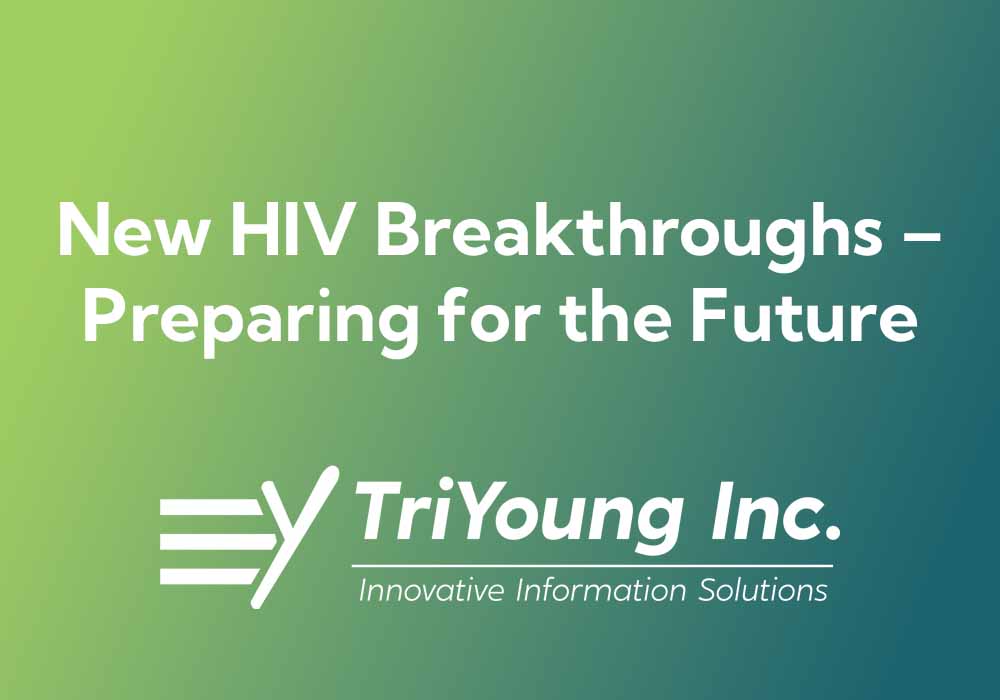Every nonprofit organization seeks to make the biggest impact possible for the communities they serve. However, internal operations can often become complex and siloed, leading to inefficiencies and hindrances to progress. It is crucial, therefore, for nonprofits to commit to improving their organizational effectiveness by analyzing and optimizing their existing business workflows. That’s where business workflow analysis comes into play.
Business workflow analysis involves a thorough examination of your organization’s processes, streamlining procedures, identifying bottlenecks, and uncovering opportunities for optimization. By understanding and implementing an effective workflow analysis, your nonprofit can improve efficiency, reduce operational costs, and allocate resources more effectively toward your mission-critical goals.
In this article, we will delve into the essential principles of business workflow analysis for nonprofits, highlighting the benefits it can bring to your organization and exploring practical strategies for successful implementation. We’ll discuss the importance of adapting existing processes to the unique needs of your organization, as well as how to harness the power of technology and external expertise to further enhance your workflow optimization efforts.
Benefits of Business Workflow Analysis for Nonprofits
Business workflow analysis holds tremendous value for nonprofit organizations, empowering them to maximize their impact by enhancing operational efficiency. Here are some key benefits:
- Increased Efficiency: Workflow analysis identifies inefficiencies in your organization’s processes, enabling you to optimize and streamline operations for maximum effectiveness.
- Enhanced Resource Utilization: By identifying bottlenecks and areas for improvement, business workflow analysis enables better allocation of resources, such as staff time, funding, and technology, towards activities that support your mission.
- Reduced Operational Costs: Streamlining processes can lead to cost savings, enabling nonprofit organizations to redirect funds towards mission-critical objectives and increase their impact.
- Improved Communication and Collaboration: By clarifying roles, responsibilities, and procedures, workflow analysis fosters more effective communication and collaboration across your organization, driving productivity and enhancing the overall work environment.
Implementing Workflow Analysis in Nonprofit Organizations
To successfully harness the power of business workflow analysis, consider the following steps:
- Identify Key Workflows and Processes: Begin by identifying the critical workflows and processes within your organization that directly impact your mission and objectives. These may include donor management, volunteer onboarding and management, program development and implementation, or grant reporting.
- Analyze and Document Existing Processes: Conduct a comprehensive analysis of each identified workflow, documenting the sequence of steps, involved stakeholders, utilized tools, and any potential bottlenecks or inefficiencies. This analysis will provide the basis for identifying areas for improvement in future steps.
- Collaborate with Stakeholders: Involve relevant stakeholders, such as staff members, volunteers, and board members, in the workflow analysis process to ensure that their expertise, insights, and perspectives are incorporated into optimization efforts. By fostering collaboration and buy-in from those directly involved in the workflows, you can develop more effective strategies for improvement.
- Develop Optimization Strategies: Based on your analysis and stakeholder input, develop targeted strategies for streamlining and optimizing your organization’s workflows. These strategies may include reassigning tasks, reorganizing staff roles, automating manual processes, or introducing new technologies to support efficiency.
- Implement and Monitor Improvements: Implement your optimization strategies and closely monitor the impact of the changes on your organization’s operations. Regularly review and adjust your processes as necessary, ensuring that your workflows continue to support your nonprofit’s evolving needs and objectives.
Leveraging Technology in Workflow Analysis and Optimization
Technology plays a crucial role in supporting workflow analysis and optimization efforts, offering a range of tools and platforms that can streamline processes, enhance collaboration, and track progress. Consider integrating the following technologies to bolster your nonprofit’s workflow optimization initiatives:
- Workflow Management Software: Workflow management tools, such as Asana, Trello, and Basecamp, provide a centralized platform for managing and tracking tasks, deadlines, and progress, allowing your organization to efficiently coordinate projects, allocate resources, and monitor performance.
- Automation Tools: Automation platforms, such as Zapier and Microsoft Flow, connect various software applications and automate manual processes across your organization’s workflow ecosystem, freeing up staff time for more strategic tasks and increasing overall efficiency.
- Collaboration and Communication Tools: Communications platforms, such as Slack and Microsoft Teams, foster real-time collaboration and information-sharing among team members, enabling smoother workflow transitions and more effective coordination across the organization.
- Reporting and Analytics Applications: Data reporting and analytics tools, including Microsoft Power BI, Tableau, and Google Data Studio, enable nonprofits to monitor and analyze the impact of their workflow optimization efforts, providing insights to help drive continuous improvement.
Engaging External Expertise for Workflow Optimization Success
Collaborating with external experts in workflow analysis can provide invaluable support in optimizing your organization’s processes. Here are some advantages of engaging external expertise:
- Objectivity and Insight: External experts can provide an unbiased perspective on your workflows, introducing fresh ideas and best practices from other organizations to help you identify areas for improvement and develop innovative solutions.
- Technical Guidance: Expert partners can assist with the selection and implementation of technology tools and platforms, ensuring that your organization effectively leverages these resources to support workflow optimization.
- Training and Capacity-Building: External experts can provide training and capacity-building support to help your staff effectively adopt new processes, tools, and strategies, ensuring that your optimization efforts generate sustainable, long-term benefits.
Conclusion
Business workflow analysis is an indispensable tool for nonprofit organizations seeking to maximize their impact and streamline operations. By examining your organization’s workflows, leveraging technology, and engaging expert partners, you can optimize processes, improve resource utilization, and create a stronger foundation for life-changing work. Connect with us at TriYoung, and let our expertise in business workflow analysis guide your organization toward greater efficiency, effectiveness, and lasting impact.




